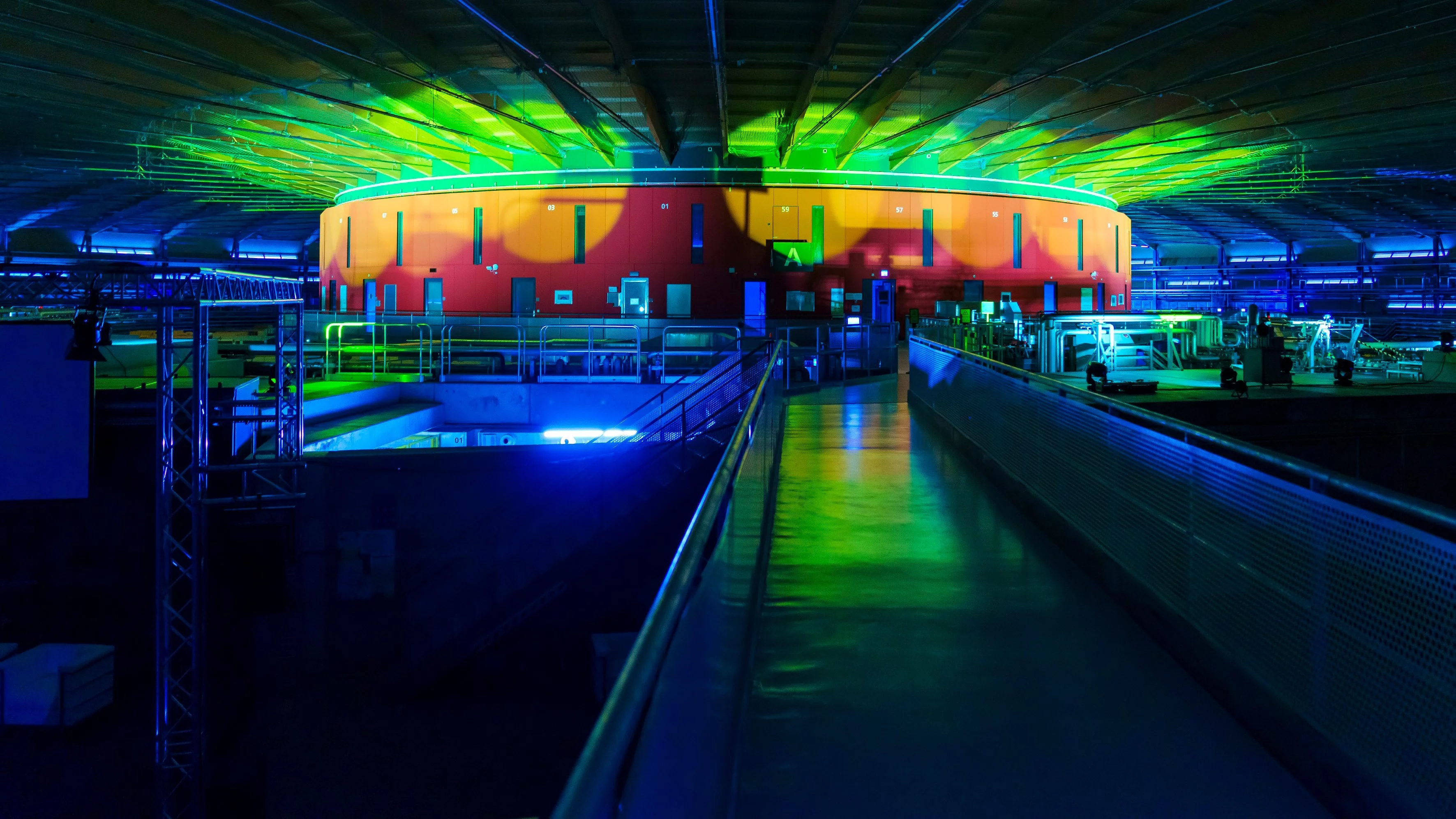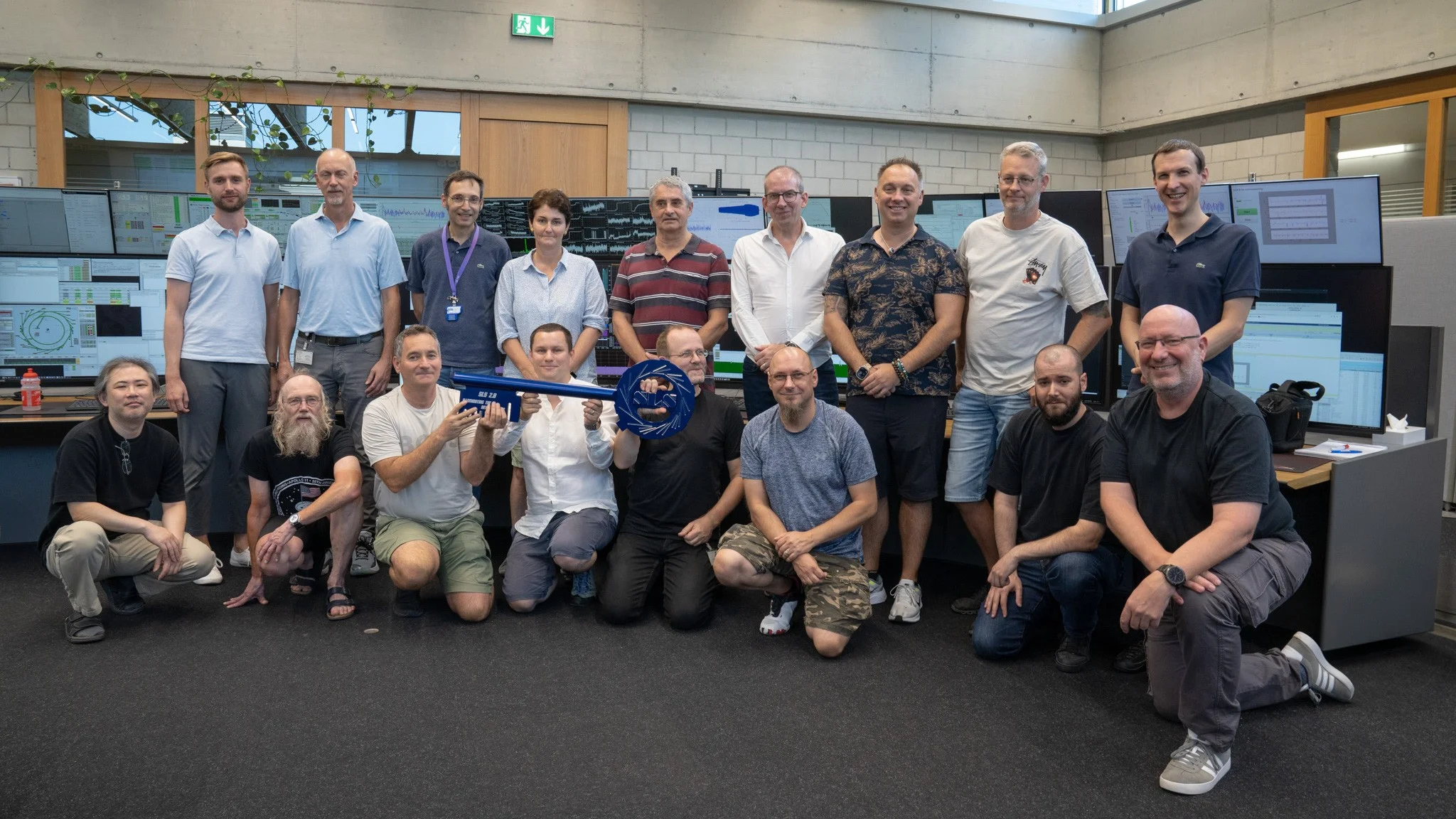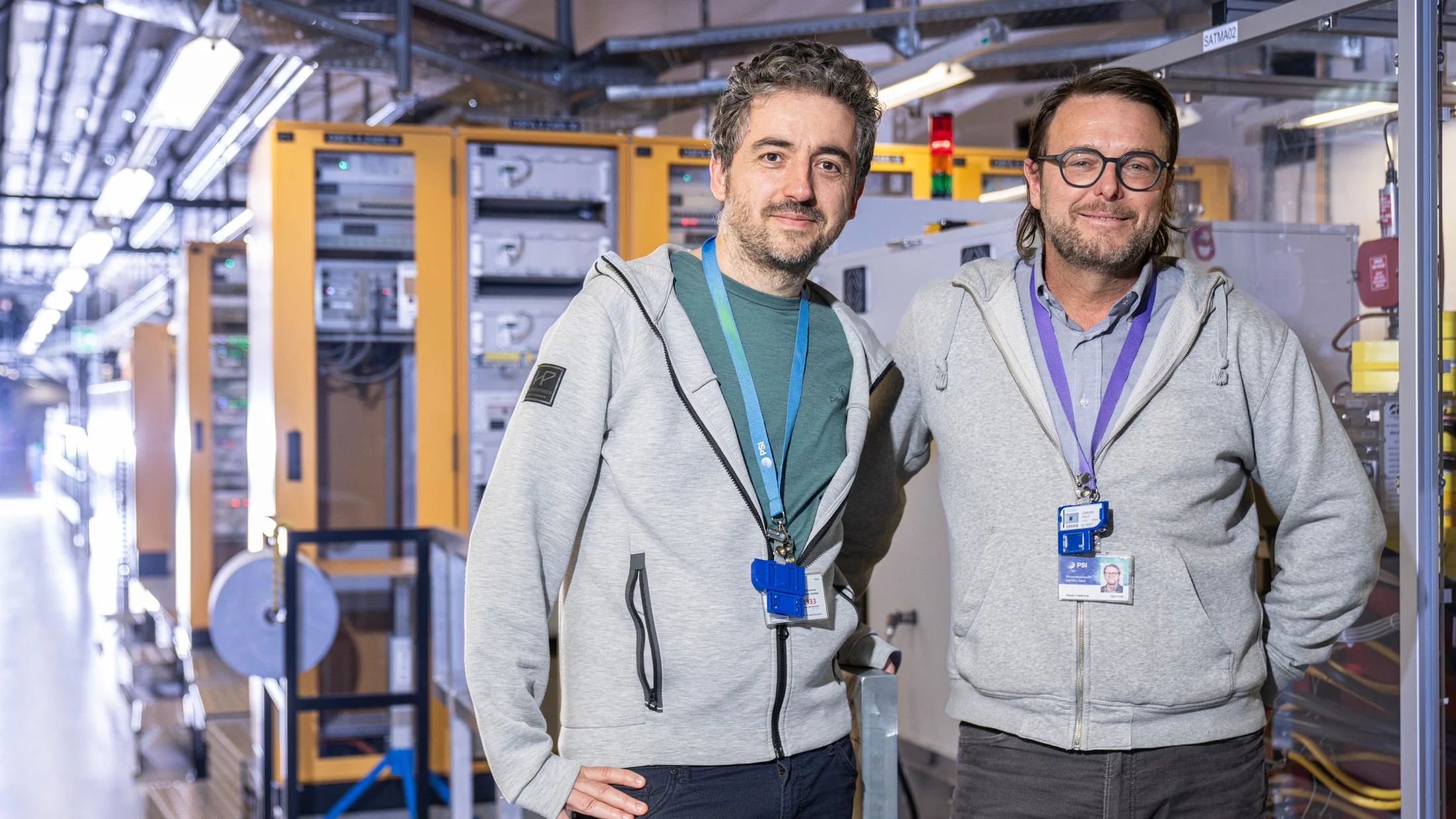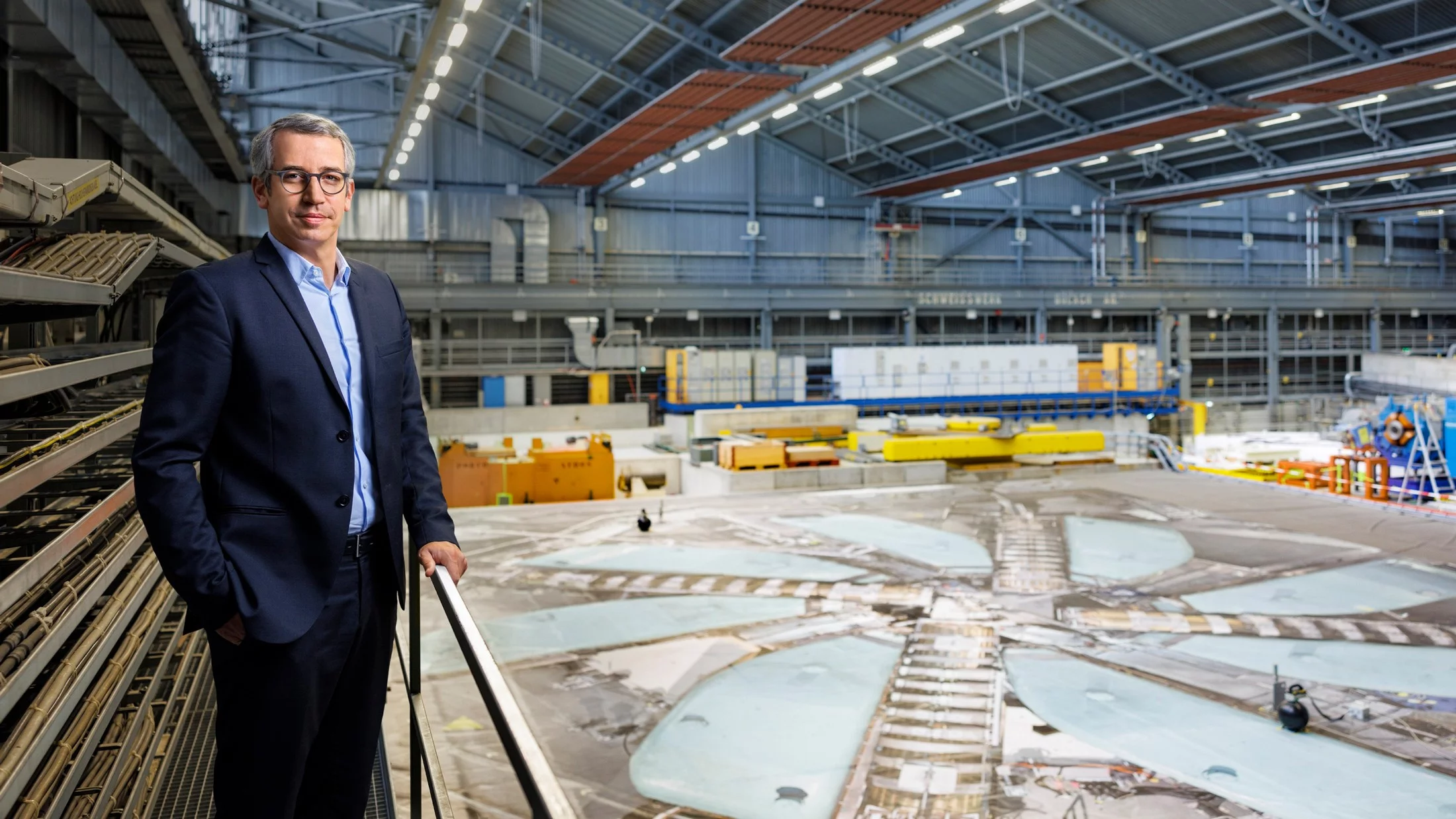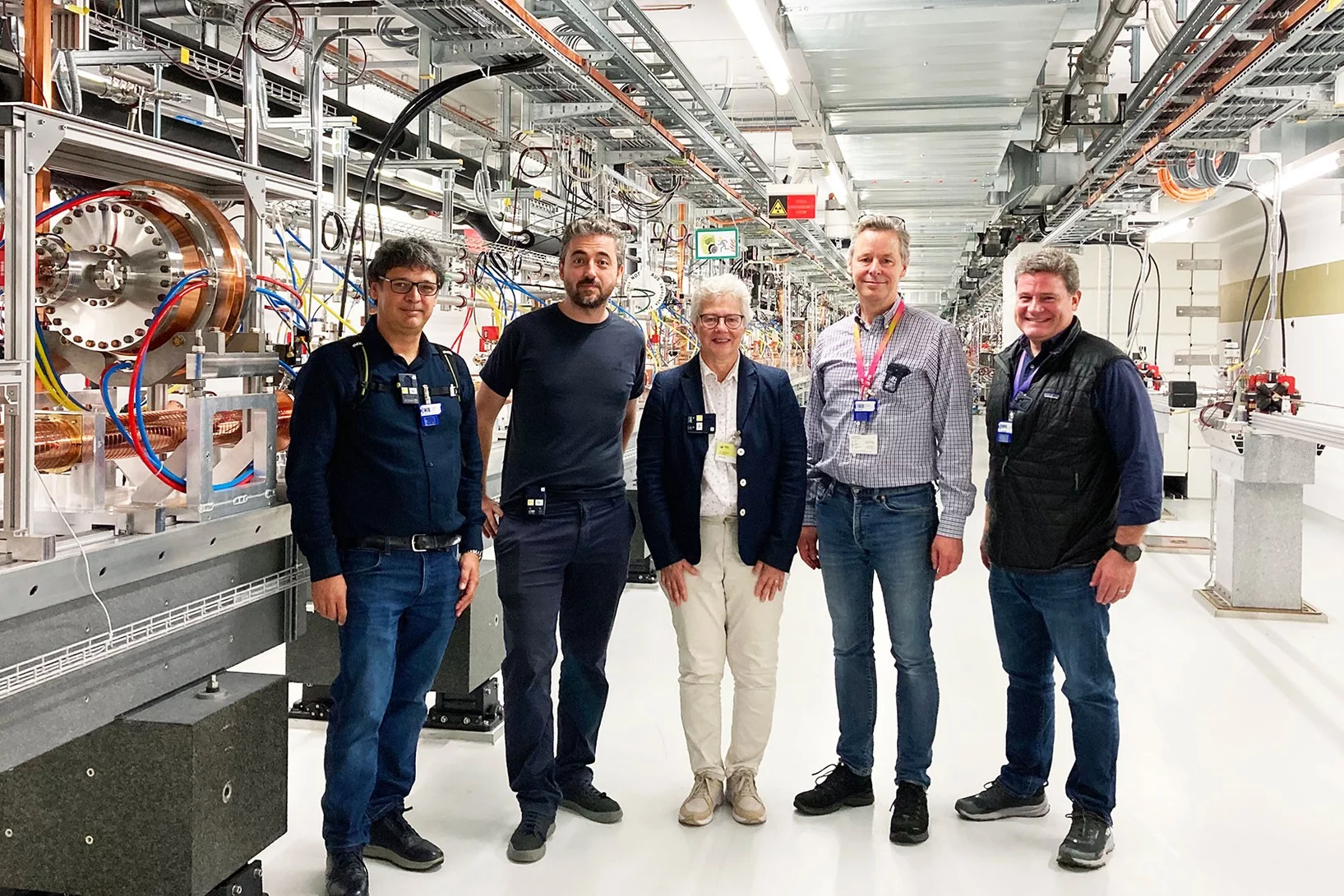The PSI Center for Accelerator Science and Engineering is responsible for the construction, operation and development of the particle accelerators at PSI.
Lab News & Scientific Highlights
Excited About SLS 2.0!
Researchers tell us why they are excited about SLS 2.0 and more brilliant light for science
Nobel Prize winner Anne L’Huillier visits SwissFEL
X-ray free-electron lasers could unlock the next frontier in attosecond research
Installation of the first two front ends for the SLS2.0 completed
At the Swiss Light Source SLS of the Paul Scherrer Institute, another important step has been taken towards the completion of the SLS 2.0 upgrade project.
Publications
-
Alcayne V, Mendoza E, Cano-Ott D, Kimura A, Aberle O, Amaducci S, et al.
Results of the 244Cm, 246Cm and 248Cm neutron-induced capture cross sections measurements at EAR1 and EAR2 of the n_TOF facility
In: Mattoon CM, Vogt R, Escher J, Thompson I, eds. 15th international conference on nuclear data for science and technology (ND2022). Vol. 284. EPJ web conferences. Les Ulis Cedex A: EDP Sciences; 2023:01009 (6 pp.). https://doi.org/10.1051/epjconf/202328401009
DORA PSI -
Auchmann B, Araujo DM, Brem A, Daly M, Felder R, Feuvrier J, et al.
Test results from CD1 Short CCT Nb3Sn dipole demonstrator and considerations about CCT technology for the FCC-hh main dipole
IEEE Transactions on Applied Superconductivity. 2024; 34(5): 4000906 (6 pp.). https://doi.org/10.1109/TASC.2023.3344425
DORA PSI -
Baumgarten C
Cyclotron beam extraction by acceleration
Journal of Instrumentation. 2023; 18(3): P03029 (14 pp.). https://doi.org/10.1088/1748-0221/18/03/P03029
DORA PSI

